 SOTP Writing: writing by the seat of your pants. No outline, no written plan, no safety net. That’s how I started. That’s how many authors still produce their stories. The successful ones have developed ways, as I have, not to be quite so impulsive. We may not outline on paper, but we do have a general idea of where we want the story to go. We may not have character bios, but we know them all intimately.
SOTP Writing: writing by the seat of your pants. No outline, no written plan, no safety net. That’s how I started. That’s how many authors still produce their stories. The successful ones have developed ways, as I have, not to be quite so impulsive. We may not outline on paper, but we do have a general idea of where we want the story to go. We may not have character bios, but we know them all intimately.
Some of us just flat do not like to outline.
I do a little of both—intuitive and planned writing—though I tend to start working out an outline around midpoint and even then, it’s vague and generalized.
As a reader and an editor, though, I can usually tell whether someone uses an outline. Some of my favorite authors are incredible intuitive writers, but what I find as a freelance editor is quite different:
Lack of cohesive plot
The fun thing about writing by the seat of your pants is that you get to chase rabbits. An idea will hit you, and you grab your shotgun and Elmer Fudd hat and take off after it. But, unless you rein in your will to hunt, you end up with lots of activities without a strong thread linking them. The characters race from one pointless event to another, and the story lacks depth.
Follow the rabbits to their holes on a different page and see where they lead. Will they enhance the plot? Add depth to your character? Up the stakes? Can you weave it into the story smoothly and logically? Does it fit with what your character would do or think?
Sometimes a rabbit hole is just a hole.
Hodge-podge of genres
Okay, so you want a mystery-thriller-historical-romantic-comedy novel. It’s not impossible. I should know, since I recently published a women’s fiction/mystery/thriller myself. Was I successful? Some readers say yes, some say no—which is true of everything anyone writes.
Thing is, you have to understand the structure of the different genres before you can successfully blend them. Romance has a formula: boy meets girl, boy loses girl, boy gets girl back. Where in the formula do your characters fit, and how do you intend to conclude their relationship with the required happily-ever-after ending? Each genre has a subgenre. Mystery: cozy, professional, police-procedural, etc. Comedy: slapstick, farce, humor, etc. Each genre has requirements. In a mystery, the crime to be solved occurs within the first few pages, but a thriller is allowed more time to set up. Historicals demand fidelity to the era. Romance, as I said, requires an HEA ending.
When you don’t understand your story’s primary genre and its requirements, you end up with a mess when you try to blend them.
No structure
Regardless of the genre, each story must have a structure. Readers expect certain things to happen at certain times. If by page 150 of a 350-page book, you’re still setting up your story, you’re cheating and frustrating your reader. If by page 300 of a page 350-page book, you’re still writing mid-point material, you’re doing the same.
Each genre has a structure. With romance, the guy and the girl meet early in the novel. In mystery, the crime to be solved occurs early. In women’s fiction, the woman’s crisis is introduced early. But from there, things are the same in all books. A few pages are allowed for character and setting introduction and to introduce the issue. Then “something” happens to kick the story into gear, and by midpoint, the character’s reaction to that “something” begins to shift. Several failed attempts by the character to solve her own problem build to a climax, which ends in a satisfying wrap-up and denouement.
You must know and understand basic structure to have a successful story.
Shallow characters
Without characters, there is no story. Everything is about the characters and how they grow, the stakes involved in their story, the people who help or hinder them along the way. The more you focus on devising events for the characters, the more shallow your characters become, because then, your writing becomes more about creating crises than it does creating stakes involved. Your character jumps from one event to another without apparent growth or emotion. Don’t get me wrong—you can devise some pretty exciting events. But without character reaction and growth, you don’t have a memorable story.
You can have your plastic GI Joe accomplish amazing feats to save an equally plastic Barbie, but in the end, your characters will still be plastic. The characters respond to everything the same way. He fights against everything; she cries over every little thing.
Want your readers to remember them? Give them flesh and blood. Show him with a sense of humor along with his sense of duty. Show how he feels when he fails. Show what’s at stake for him if he doesn’t accomplish his mission. Show her with both a soft side and a tough side. Show her fighting with her wit and intelligence. Show her uncertainty along with her determination. Show them both maturing, changing, growing as a direct result of their plight and their influence over each other.
In other words, show emotion, grow your characters.
The thing is all this takes work on your part. Dreaming up events and typing them into your computer is fairly easy. Understanding where they go in the story and how your characters should react to them is the hard part. The best writers study writing. There is far more to it than most people realize.

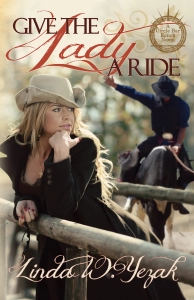
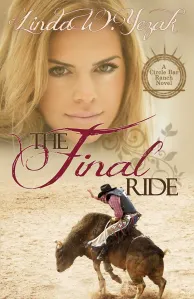



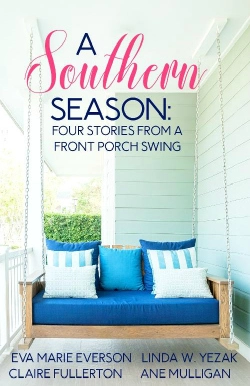
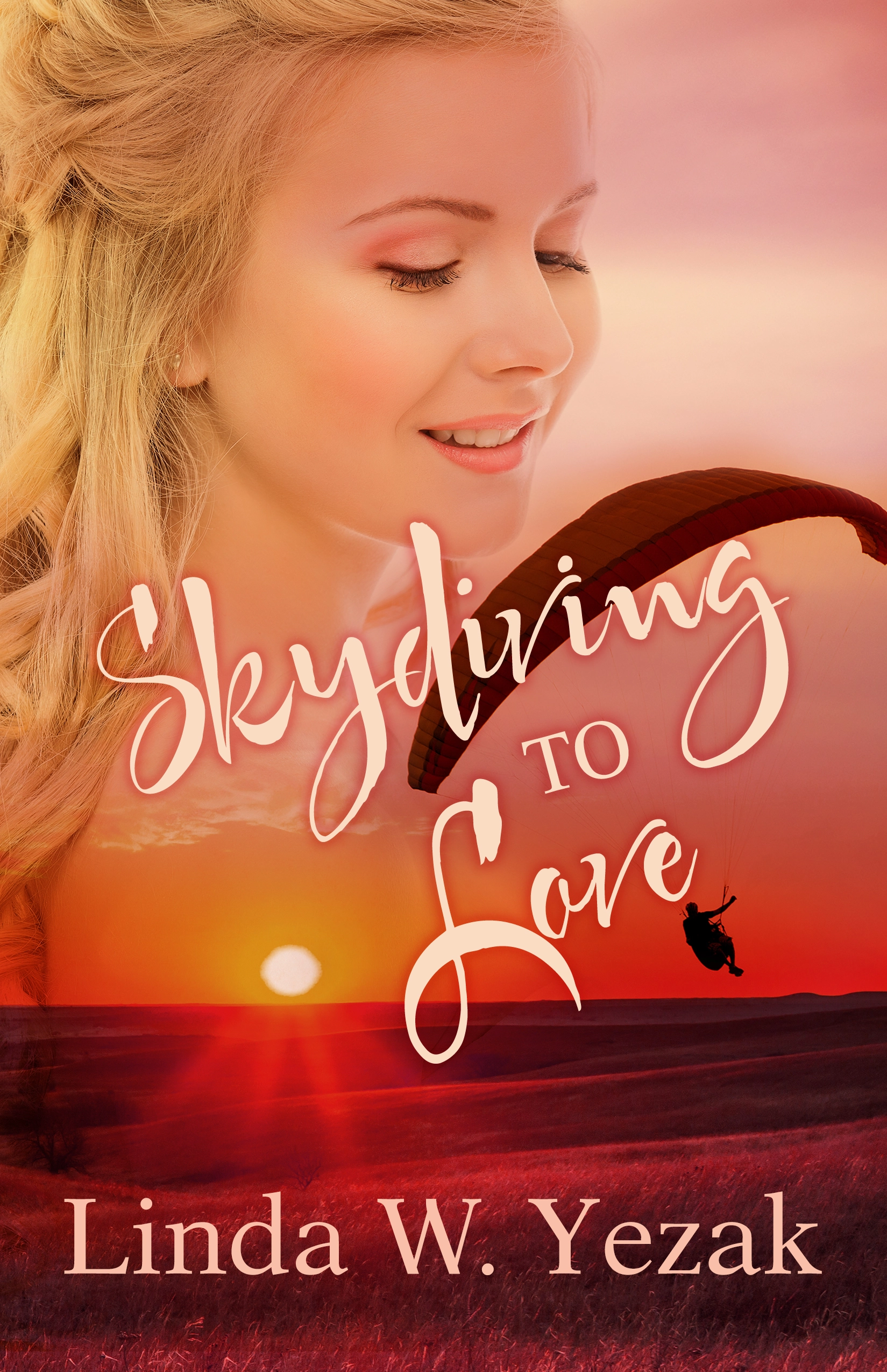
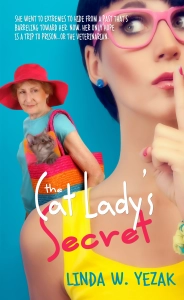






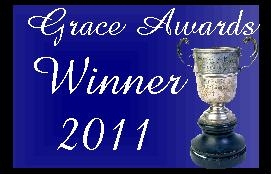


Excellent points, as usual. I’m currently working on a first draft, so still lots of time to look for the weak areas and beef them thanks to your good advice. 🙂
LikeLike
Starting a new book? Yea!!!
LikeLike
Yep. Book 4 of my series. 😀
LikeLike
❤
LikeLike
You are so right my friend! I have chased a number of rabbits down that infamous hole; sometimes I find my way out, sometimes I don’t, but dang it all, I love the hunt! I love those I-didn’t-see-that-coming moments when my characters say or do something that sends me on yet another chase. And, I will admit (grudgingly as die-hard pantser), that chase can not only be exhausting, but non-productive as well. But then, again, it can also give me another I-didn’t-see-that-one-coming moment, and so I keep chasing.
LikeLike
I’m the same way and love the chase too. But I learned the hard way to do it away from my WIP. On the lucky chance that something works, I’ll weave it in, but otherwise it’s easier to explore from a safe distance.
LikeLike
Preach it, sister.
LikeLike
😀
LikeLike